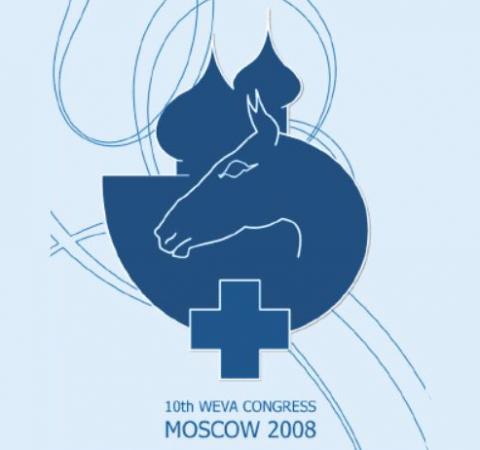Get access to all handy features included in the IVIS website
- Get unlimited access to books, proceedings and journals.
- Get access to a global catalogue of meetings, on-site and online courses, webinars and educational videos.
- Bookmark your favorite articles in My Library for future reading.
- Save future meetings and courses in My Calendar and My e-Learning.
- Ask authors questions and read what others have to say.
Diagnosis and Treatment of Lumbosacral and Sacroiliac Pain in Horses
Get access to all handy features included in the IVIS website
- Get unlimited access to books, proceedings and journals.
- Get access to a global catalogue of meetings, on-site and online courses, webinars and educational videos.
- Bookmark your favorite articles in My Library for future reading.
- Save future meetings and courses in My Calendar and My e-Learning.
- Ask authors questions and read what others have to say.
Read
Introduction
An objective assessment of back pain and a clear identification of the cause(s) of the pain are not easy in horses (Dyson 2004). Osteoarticular thoracolumbar lesions have been well documented in horses (Jeffcott 1975, 1980, Denoix 1999a, 1999b). Several papers have been published on the clinical, ultrasonographic and nuclear scintigraphic evaluation of the sacroiliac area (Tucker et al.1998, Dyson 2003, Dyson et al. 2003a, 2003b, Haussler 2003, Engeli et al. 2006). Post-mortem studies have shown presence of lumbosacral developmental variations and lesions (Haussler et al. 1997, Haussler et al. 1999), but little attention has been attributed to the lumbosacral junction in clinical cases (Denoix and Audigié 2004).
Our routine diagnostic approach of low back pain in horses includes a complete radiographic examination of the lumbar spine down to the fourth lumbar vertebra (L4) (Denoix and Dyson 2003) and a per rectum ultrasonographic evaluation of the caudal part of the lumbar spine (from L4 to L6), lumbosacral junction (Denoix 1999a, 1999c, Denoix et al. 2005a) and sacroiliac joint (Denoix 1996, Denoix and Audigié 2004, Denoix et al. 2005b). In a lot of sport and race horses, nuclear scintigraphy is also used to help localizing bone pathology in these areas.
Complains-Anamnesis
There are a number of different problems that can be related to lumbosacroiliac (LSI) pain. Generally speaking, affected horses present sport problems (such as asymmetrical lateral bending, lack of engagement, lack of propulsion, defenses for sport horses or asymmetrical gait at high speed for trotters) without hindlimb lameness.
Clinical examination
During physical examination, muscle atrophy can be seen in the lumbosacral area and can involve the gluteal muscles. But a number of horses with LSI lesion do not present any amyotrophy. Amyotrophy of the gluteofemoralis muscle is more specific of SI lesion. Asymmetry of the tuber sacrale can be seen in acute pelvis lesions such as fractures and interosseus SI ligament rupture; it is more often found in horses with chronic hindlimb lameness or asymmetrical gait (the tuber sacrale is higher on the side of the sounder limb). Some horses with LS pain show a reduction of flexion and extension movements during active mobilisation induced by digital stimulation; pressure over the tuber sacrale induce more often sinking (flexion) of the hindlimb in trotters than in sport horses. [...]
Get access to all handy features included in the IVIS website
- Get unlimited access to books, proceedings and journals.
- Get access to a global catalogue of meetings, on-site and online courses, webinars and educational videos.
- Bookmark your favorite articles in My Library for future reading.
- Save future meetings and courses in My Calendar and My e-Learning.
- Ask authors questions and read what others have to say.





Comments (0)
Ask the author
0 comments